Das Olympische Bildungsmagazin
CIRC Report zu Doping im Radsport #UCI
- Jens Weinreich
- 9. März 2015
- 07:03
- 6 Kommentare
Sadly, the Report confirms that greed, power, and profit – not truth – motivated UCI leaders and allowed the EPO and blood doping era to ride rampant. This is a tragic loss for all cyclists who sought to compete clean during that era, and their loss can never be forgotten.
— Travis Tygart (USADA)
Der Bericht der Cycling Independent Reform Commission (CIRC) des Weltverbandes UCI wurde mit einiger Spannung erwartet. Er vervollständigt das Bild einer verseuchten Branche. Für drei Millionen Dollar haben der ehemaliger Schweizer Staatsanwalt Dick Marty, der deutsche Ulrich Haas und der australische Ermittler Peter Nicholson recherchiert und diesen Bericht erstellt. 227 Seiten auf Grundlage von 174 Interviews (Liste der Namen ganz am Ende des Reports) und Studium ungezählter Dokumente.
Es geht natürlich auch um die Sonderrolle von Lance Armstrong.
Die Kultur des Doping existiert im Radsport noch immer, berichtet die BBC nach erster Lektüre.
Die Mitteilung der UCI:
Einige wichtige Berichte und Reaktionen dieser Tage/Stunden:
- Stellungnahme von Travis Tygart (USADA)
- CyclingNews: McQuaid divulges 2017 Worlds contract with Makarov
ICYMI: the troubling questions about doping facing Sky arising from thousands of court papers: http://t.co/8LdyIUofls pic.twitter.com/TgoxqC3QJW
— sportingintelligence (@sportingintel) March 8, 2015
Viel Vergnügen bei der Lektüre des Berichts. Nicht zu sehr erschrecken!
Nachtrag, 13. März 2015:
Gerade veröffentlicht die UCI eine Liste von Maßnahmen und Lehren aus dem Bericht:
The UCI announces further anti-doping measures following CIRC report and recommendations
13 March 2015
The Union Cycliste Internationale (UCI) has today announced a number of measures to further strengthen anti-doping and governance following a careful analysis of the Cycling Independent Reform Commission (CIRC) report and recommendations published earlier this week. They build on a raft of reforms that have been put in place since Brian Cookson became UCI President in September 2013.
Commenting on the new measures announced today, UCI President Brian Cookson said:
I am absolutely determined to use the CIRC’s report to ensure that cycling continues the process of fully regaining the trust of fans, broadcasters and all the riders who compete clean. We value the recommendations of the CIRC and have now established an internal task force to ensure the recommendations are properly followed up. In the meantime, I can already confirm that we will:
- Work to enshrine a fit-and-proper-persons requirement in the team licensing process, focussed on the key roles in the staff, such as sports directors and doctors;
- Work with the World Anti-Doping Agency (WADA) and other experts to analyse new substances and trends, to assess what should be added to the prohibited or monitored lists;
- Work with WADA to improve the speed of athlete biological passport cases;
- Further build on the Cycling Anti-Doping Foundation (CADF)’s move towards even higher quality and more targeted approach to anti-doping that reflects rider and discipline risk assessment;
- Work with the world’s leading laboratories to undertake a prevalence study to assess the current situation and compare it with data from previous years across disciplines and nations. This study will assist in targeting and also build a clear picture of how successful anti-doping measures in cycling have been;
- Ensure that the CADF work more closely with civil and criminal authorities and others such as customs through a newly recruited Intelligence Manager, in order to guarantee that information gathered in investigations is shared as effectively as possible;
- Actively pursue the conclusion of sharing agreements with National Anti-Doping Agencies (NADOs) to ensure that we collaborate as closely as possible with others involved in working for a clean sport;
- Re-launch our whistleblower programme, through an independent agency, in support of the 2015 World Anti-Doping Code which places a duty on riders and team staff to report any circumstances they become aware of that may constitute an anti-doping rule violation;
- Build on our existing collaboration through WADA with the pharmaceutical industry to monitor new developments and assist in identifying banned substances and methods;
- Work with WADA to support athlete education programmes and ensure that current and former riders play an active part in them;
- Work with the CADF to build a more robust and comprehensive storage and re-testing strategy;
- Encourage the CADF to order night-time testing where they believe it is necessary and proportionate.
The new set of measures will build on the significant changes that have been put in place since I became UCI President in September 2013. During this time, the UCI has undergone a full independent audit of its anti-doping operations. We have established a strict internal governance process to ensure that the President or administration cannot interfere in operational anti-doping matters and that all major case decisions are reviewed externally and a full audit trail is retained to ensure total accountability.
We have reinvigorated our Therapeutic Use Exemption (TUE) Committee and now all TUE decisions must be unanimously approved by three members. This commitment goes beyond what is required by the International Standard for Therapeutic Use Exemptions (ISTUE). We have ended conflicts with key stakeholders and established strong working relationship with WADA, and the major NADOs, including the US Anti-Doping Agency (USADA). We have established an Anti-Doping Tribunal that will allow consistent, clear and efficient decisions on cases for international riders, putting the UCI in line with almost all other International Federations and ending the process whereby cases were referred to the rider’s National Federation for judgement.
We have introduced far reaching sanctions on teams with two members in a year who are found to have doped – including suspension from competition plus a fine of 5% of the team budget. Such sanctions go beyond the mandatory sanctions provided for by the World Anti-Doping Code. I have ensured that more staffing and resources have been allocated to anti-doping than ever before. We have also worked with the professional teams and independent experts to establish clear new internal operational requirements for teams (the “cahier des charges”) to ensure that all riders are properly supported and supervised and that the necessary structures are in place to prevent riders doping.
Our efforts over the past 18 months have also been invested in the establishment of important new governance measures including a reinvigorated Ethics Commission and a process of revising and updating the UCI Constitution in order to improve transparency of the UCI at all levels. In particular, this revision process concerns the UCI Presidential election which clearly needs significant improvement and I strongly believe we should implement a more representative electoral system.
These significant measures, together with the developments I have announced today, show the absolute commitment I and my UCI colleagues have to ensure riders win clean and that the minority who choose to cheat are caught and face severe sanctions after fair and fast disciplinary proceedings in full respect of due process. They also demonstrate that the UCI is now a very different organisation compared to even a few years ago and that we make sure lessons are learnt and mistakes not repeated. As I predicted, the CIRC report made for uncomfortable reading but it is imperative that we do not shy away from tough decisions. We will continue to focus on rebuilding trust in our great sport that touches the lives of millions of people across the world, and I appeal to everyone in the sport to take their responsibilities at this pivotal moment.

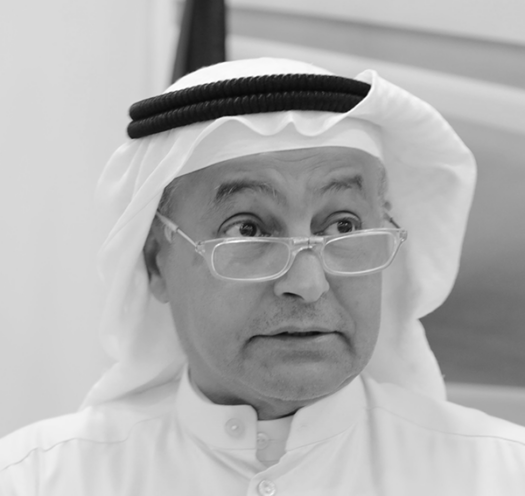

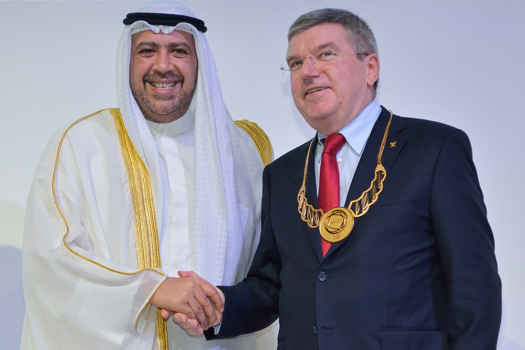
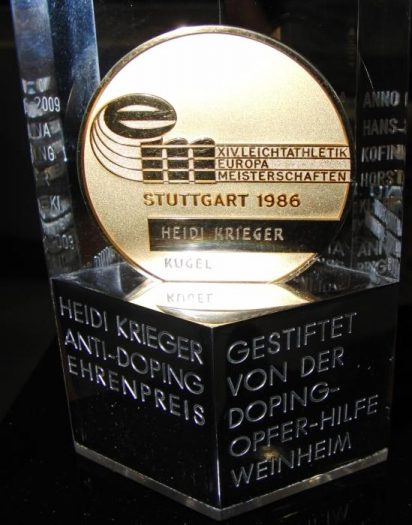
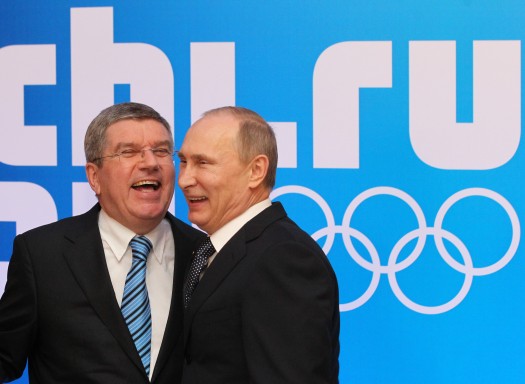
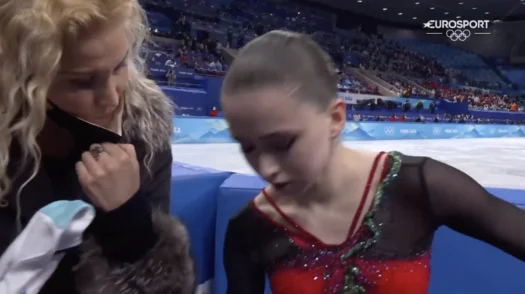
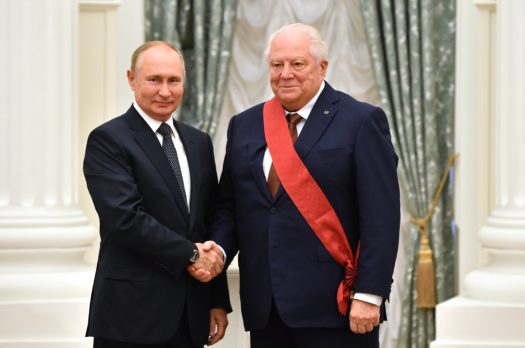
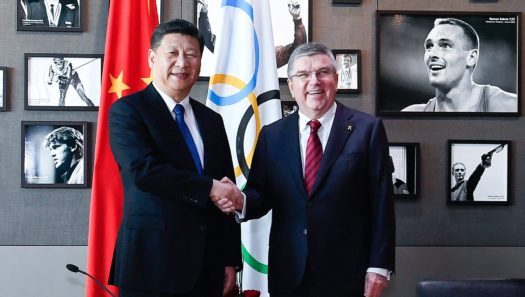
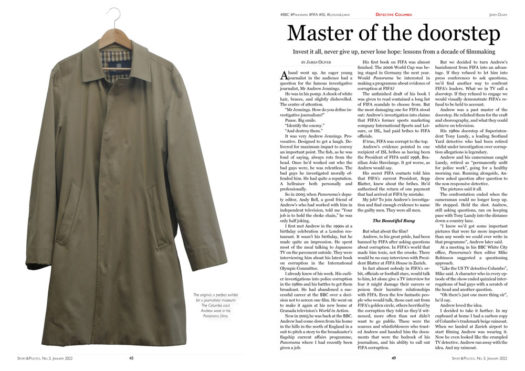
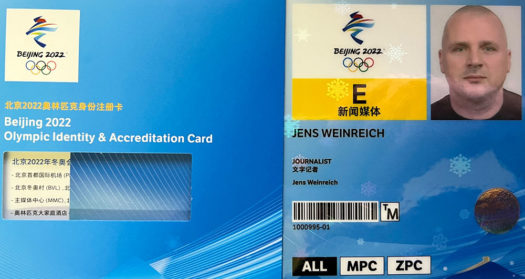
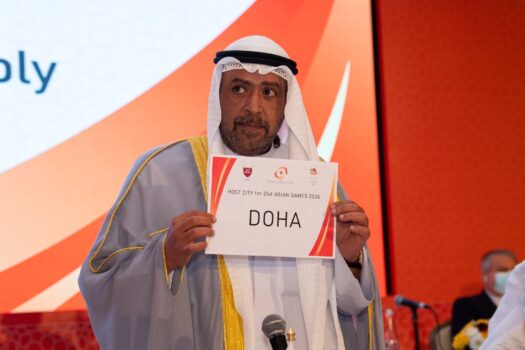
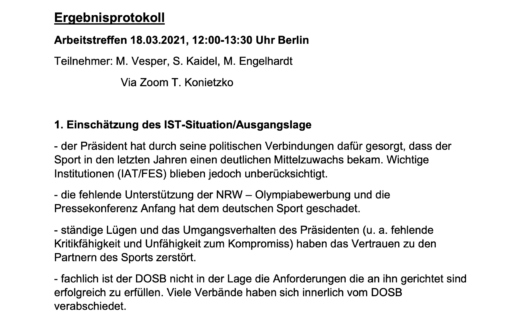
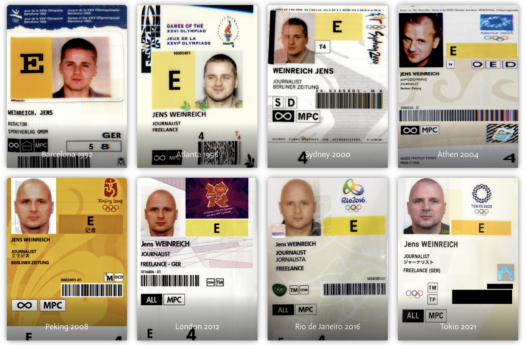
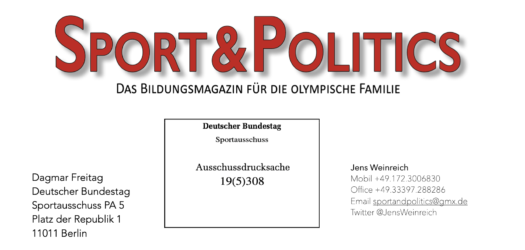
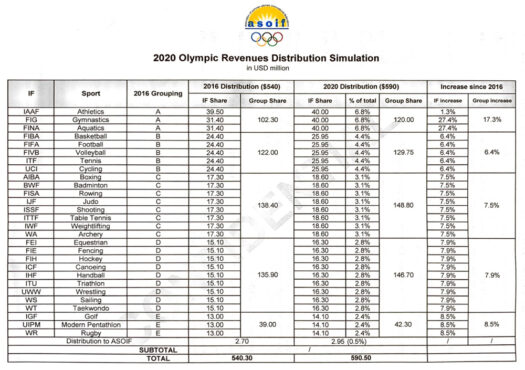
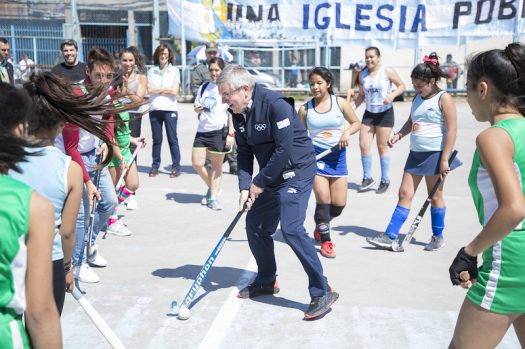
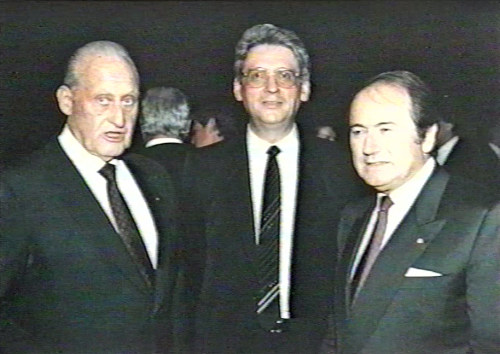
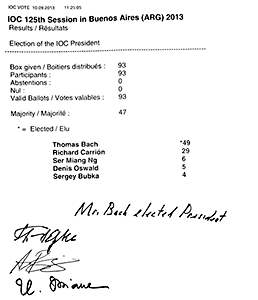
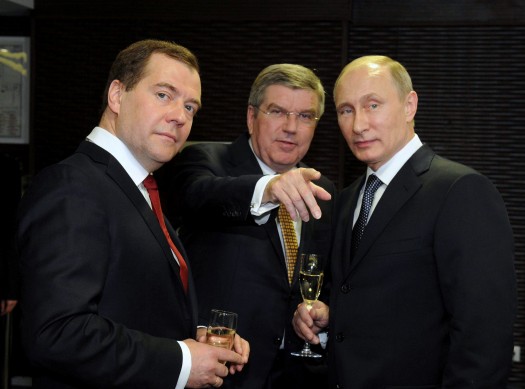
Laut SpOn konnte diese Kommission zumindest eine Sache ausräumen:
http://www.spiegel.de/sport/sonst/radsport-bericht-wirft-uci-vertuschung-von-doping-vor-a-1022471.html
Puuh, da sind wir aber froh, dass die sechsstelligen Spenden, die Armstrong damals an die UCI zahlte, wirklich an wohltätige Zwecke flossen.
Das alte Testament des Radsports. Ich warte mit dem ausführlichen Lesen bis die geschwärzten Seiten lesbar werden. ;)
Ein neuer Doping-Test aus Köln:
http://www.focus.de/sport/mehrsport/allgemein-doping-neuer-dopingtest-ein-blutstropfen-reicht-fuer-analyse_id_4582510.html
Könnte alles so easy sein. Mal seh´n, was man sich jetzt einfallen läßt. Muss ja erst einmal wadifiziert werden und dann müssen es die Verbände mögen. A long way to fair play.
Der liebe Fussball wird immer den „Schutz“ der Gesellschaft erfahren.
Sagten viele bereits von Anfang an. Auch hier.
No comment.
http://www.badische-zeitung.de/sportpolitik/doping-in-freiburg-laut-werner-franke-ist-der-fussball-verseucht–102718945.html
Pingback: Tour de France: Ist er zu gut, um clean zu sein? – ZEIT ONLINE | Best Sportwetten vergleich
Pingback: Tour de France 2015: Auf der Suche nach der Glaubwürdigkeit – SPIEGEL ONLINE | Best Sportwetten vergleich